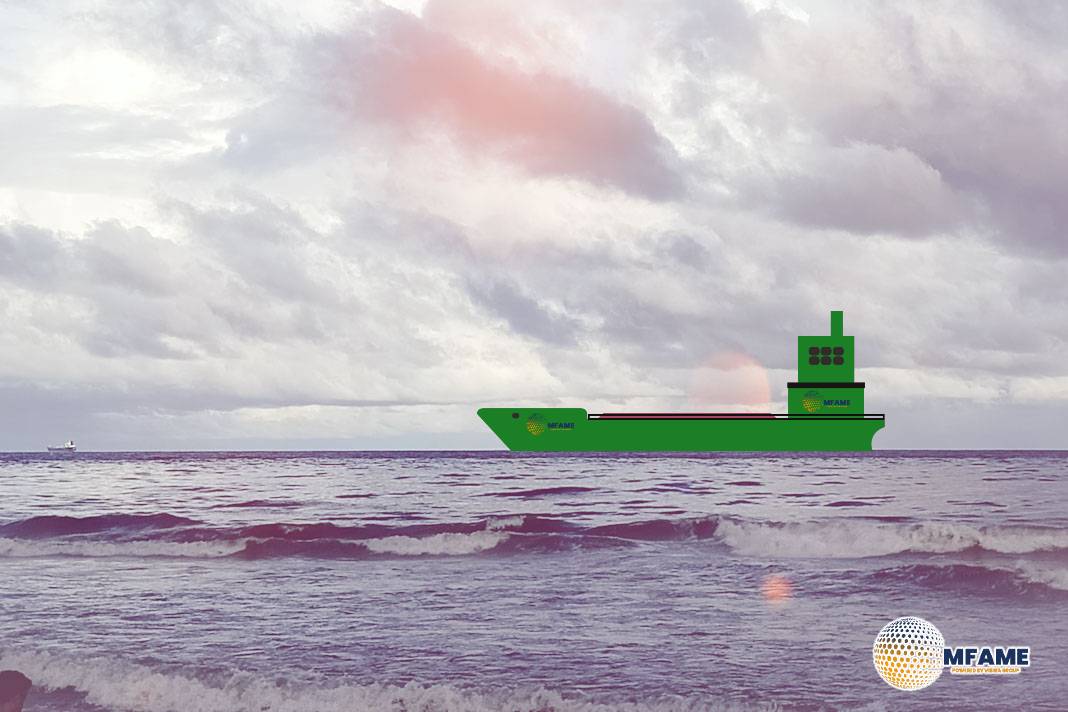The team at Freightos reports that while carriers attempted General Rate Increases (GRIs) in October and early November, the underlying fundamentals of maritime trade continue to challenge the rate environment. On the major east-west shipping lanes, capacity is growing and demand remains soft.
In the transpacific segment, spot rates have begun to decline sharply: on the Asia-to-U.S. West Coast route (FBX01 Weekly), rates fell by about 6% to $2,793 per FEU. On the Asia-to-U.S. East Coast route (FBX03 Weekly), rates increased by 6% to $3,734 per FEU — though daily East Coast levels are now down more than 20% compared with their early-November peak. Meanwhile, Asia-to-North Europe (FBX11) dropped 1% to $2,480 per FEU, and Asia-to-Mediterranean (FBX13) held steady at $2,827 per FEU.
By mid-November, daily transpacific rates were retreating toward levels seen before the early November GRI push: West Coast loadings fell toward ~$2,100 per FEU, East Coast similarly slipping toward ~$3,000 per FEU. The transpacific corridor has thus seen most of its November gains erased.
In contrast, the Asia–Europe and Mediterranean trade lanes are proving relatively resilient. Carriers have deployed aggressive blank-sailing strategies in the current tendering season, which appear to have maintained floor levels. Some lines have indicated possible further GRIs to push Asia–Europe rates into the $3,000–$4,000 per FEU range.
Turning to air freight and trade developments: the U.S. government shutdown has ended, allowing air traffic control staffing to resume and easing previously disrupted domestic cargo flows. Also, changes to de minimis thresholds are expected to affect e-commerce flows: the U.S. adjustment earlier this year reduced China–U.S. e-commerce air volumes, and the European Union’s move to eliminate its de minimis exemption may similarly impact China–Europe lanes. Air-cargo spot rates showed increases last week: China–U.S. rose ~5% to $6.60/kg; China–Europe rose ~2% to $4.01/kg; Transatlantic (N. Europe–N. America) rose ~6% to $2.31/kg.
On the trade & tariff front, the U.S. continues to leverage its authorities under the International Emergency Economic Powers Act (IEEPA) to expand trade frameworks with South American partners and Switzerland, and to introduce targeted tariff exemptions aimed at cost-of-living concerns, even as the Supreme Court ruling on the IEEPA-based tariff programme remains pending.
Overall, the “weekly outlook” for maritime trade and shipping-technology watchers indicates weakening momentum in the transpacific container market, offset by steadier performance on the Asia–Europe corridor — reflecting divergent dynamics in freight rates amid global capacity, demand and regulatory shifts.
Did you subscribe to our daily Newsletter?
It’s Free — Click here to Subscribe!
Source: AJOT
























